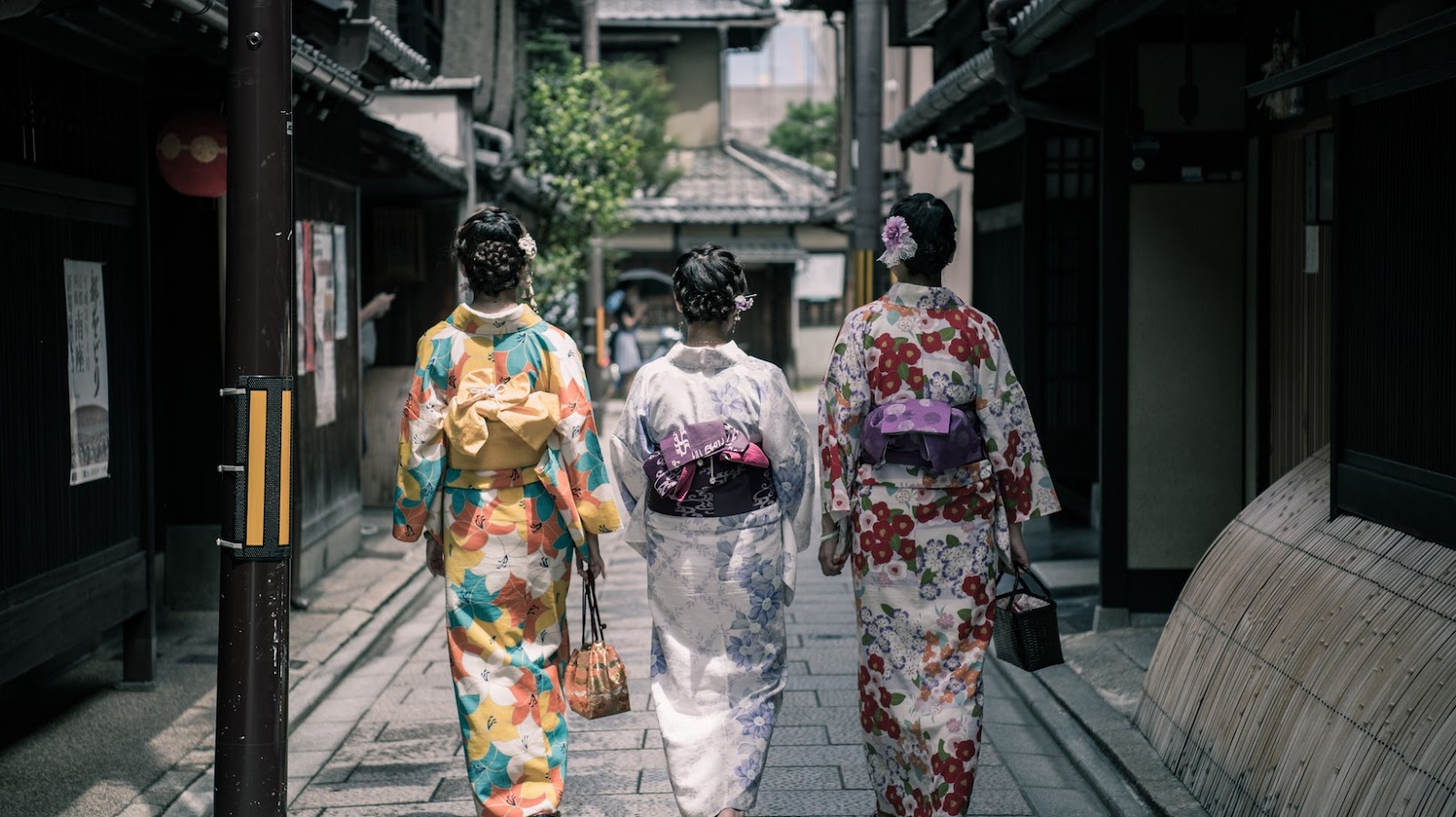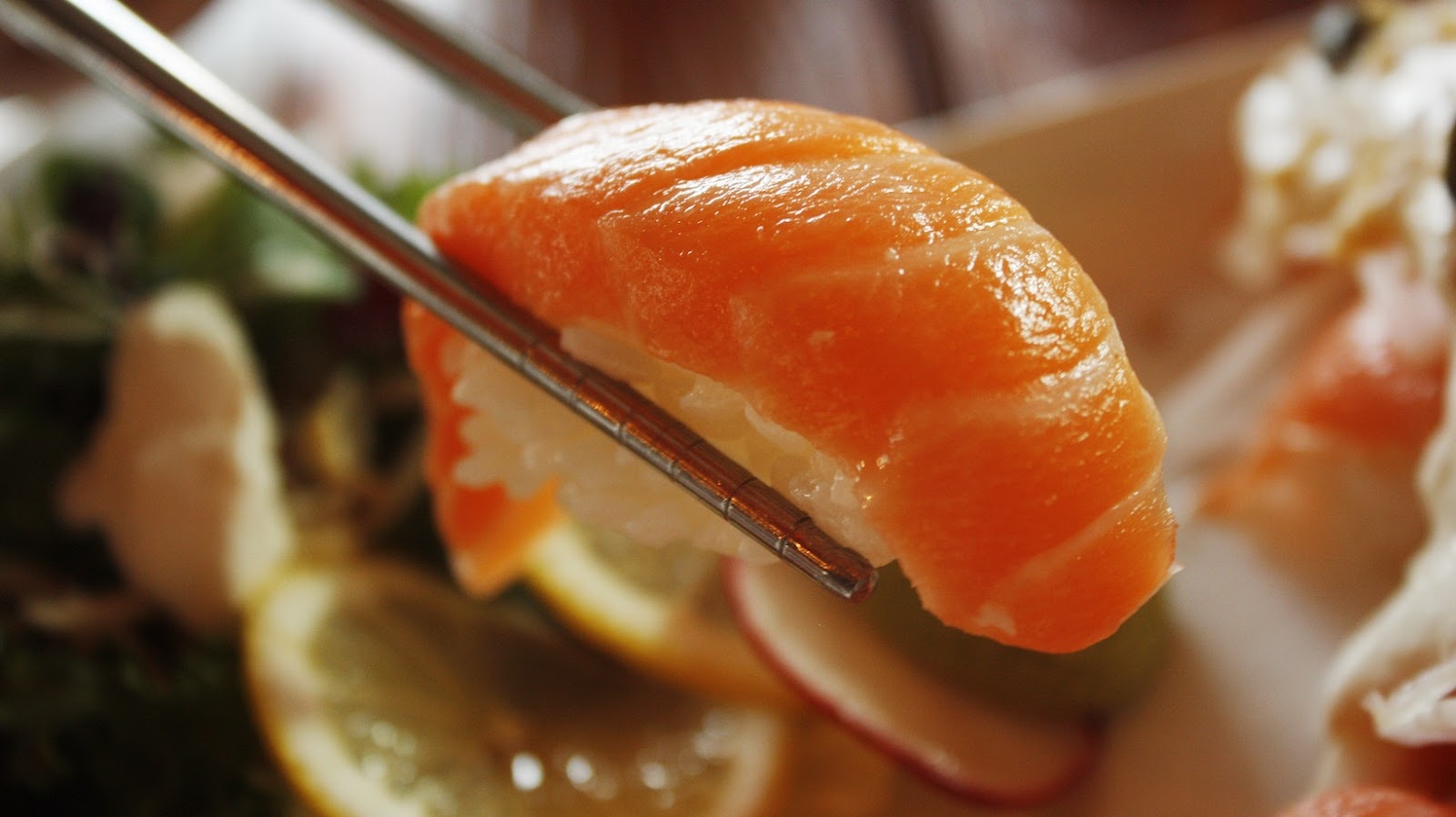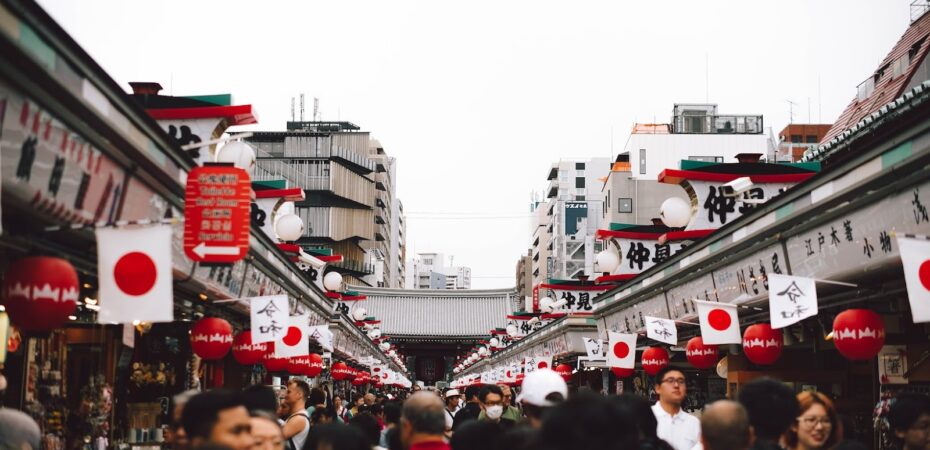Japan is a country rich in tradition and culture, with many unique concepts that can be both fascinating and unfamiliar to visitors. Understanding some of the key concepts of Japanese culture can help travelers navigate the country more easily, and in some cases, it can even deepen their understanding of Japan.
In this article, we’ll go over some of the most important concepts you need to know before traveling to Japan, including the shinkansen (bullet train), kawaii culture, onsen, and even special Japanese souvenirs. Whether you’re planning your first trip to Japan or just want to deepen your understanding of the country, these concepts are sure to enrich your travel experience — let’s take a look.
High Speed Shinkansen Trains
Japan’s high-speed trains, known as shinkansen, are a marvel of modern technology — and an efficient and convenient way to travel quickly and comfortably across the country. These modern trains carry passengers at speeds up to 320 km/h (200 mph) on a vast network of railways that are spread throughout the country. Traveling on the Shinkansen is not only fast, but also very comfortable: the trains have soft and spacious seats, there are plenty of onboard amenities like bento boxes and ‘meal carts,’ and the atmosphere is relaxed and quiet.
Travelers who are planning to visit several cities in Japan at once should definitely look into getting a JR Pass and riding the high speed trains. You can choose the duration of the pass (7, 14, or 21 days), which is perfect for both short- and long-term travelers. The JR Pass also includes all shinkansen bullet trains (except Nozomi and Mizuho trains), as well as airport transfer trains and local lines.
Hot Spring Culture: The Onsen
Japan is famous for its hot springs, which are called onsen in Japanese. These hot springs are well-known for their healing properties and are a significant part of traditional Japanese culture. Tourists can also take advantage of the relaxing atmosphere of an onsen — just be sure to keep a few rules in mind. Before entering the onsen, it is essential to wash your body. Likewise, guests are typically expected to remove all clothing (including swimming trunks and swimsuits) before entering an onsen, as Japanese consider clothing and other garments to be ‘dirty.’

Therefore, women and men have separate onsens and are required to enter the hot springs without clothing (except for family onsens, where swimsuits are generally acceptable). Similarly, guests cannot enter the majority of onsen if they have visible tattoos. Guests who have a tattoo will need to cover it with a special plaster before their visit.
There are numerous onsens to choose from, ranging from outdoor hot springs surrounded by nature to man-made baths in large cities. Different onsens offer distinct benefits to the body thanks to the various minerals in the water. For example, some onsen improve blood circulation, while others are famed for relieving muscle tension.
Kawaii Culture
Kawaii is a Japanese word that means ‘cute’ and is often used to describe charming, cute, or adorable things. Kawaii culture has become a national symbol in Japan, and you can see it everywhere, from subway signs to advertisements, fashion styles, and even celebrities in the entertainment industry. There are many ways to experience kawaii culture, such as visiting certain cafes, shopping in cute stores, or even seeing advertisements and company logos on the streets.
Kawaii culture is also closely linked to anime and manga, and many popular characters, such as Pikachu or Hello Kitty, have become global symbols and synonymous with the word cute. To experience kawaii culture, travelers can visit themed shops with cute items or special restaurants that serve food in the form of cute anime characters.
Ryokans
Japan offers a wide range of accommodations for tourists, such as hotels, hostels, and vacation rentals. However, unlike typical accommodations, a ryokan is a traditional Japanese inn that goes back many centuries — in fact, mentions of ryokans were found as early as the 8th century. Initially, travelers and merchants stayed in ryokans as they traveled along the old roads of Japan, and nowadays, they can be found in both urban and rural areas.

Ryokans differ from ordinary hotels in many ways. In a real ryokan, the floor is covered with tatami mats, and there is a special futon mattress that is used instead of the usual bed. Upon check-in, guests are given special slippers (geta) and a gown to be worn in the room (yukata). Ryokans also serve a special multi-course dinner (kaiseki) and a traditional Japanese breakfast.
Omiyage
“Omiyage” is the Japanese tradition of bringing back souvenirs for friends and family from a trip — even the word itself translates to ‘souvenir’! Omiyage ranges from ordinary magnets and postcards to the exquisite works of the region’s artisans, and omiyage packaging is of particular importance. Omiyage differs from ordinary souvenirs in that it is given in specially-designed fabric bags or boxes, depicting traditional local patterns that are unique to each prefecture.
In addition to various items, unique regional delicacies are often given as omiyage. Each region of Japan has its own unique specialties, like cherries from Yamagata, Tokyo banana sweets from Tokyo, and chinsuko cookies from Okinawa.


 By
By 



